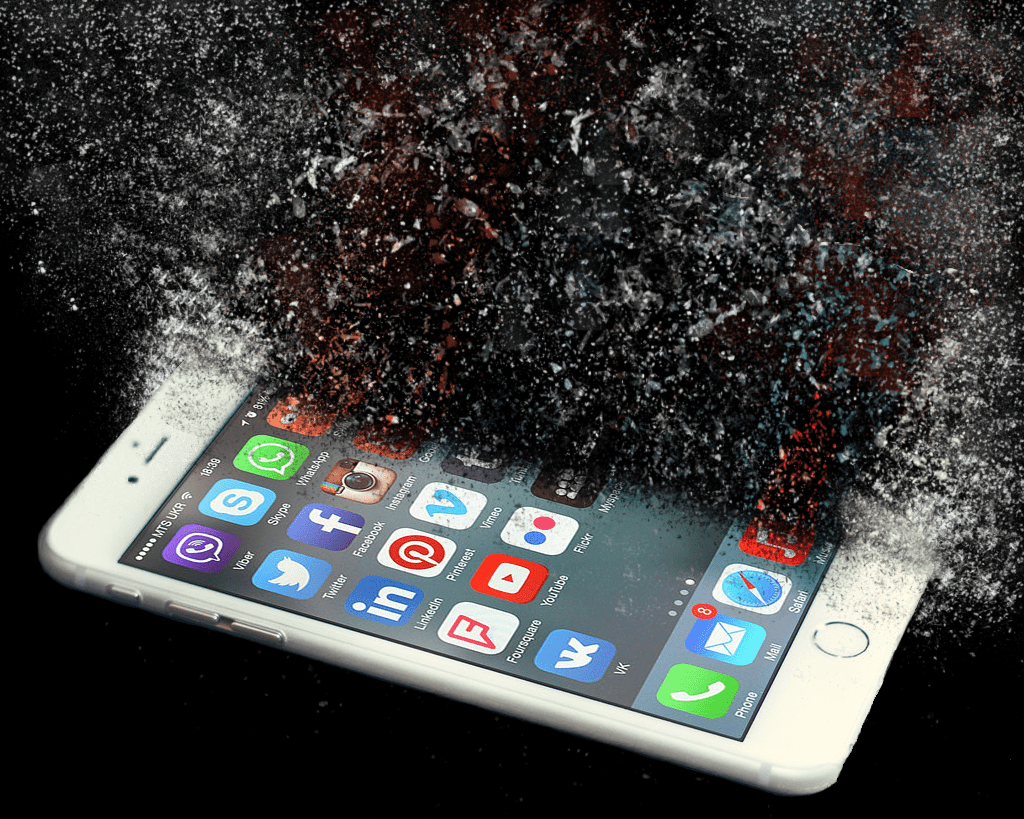Cell Phone Evidence Repair

,
Timothy R. Primrose, Mobile Forensic Analyst
There are three components of a cell phone that need to be functioning in order to extract data from the device: the screen, the charging port, and the battery/power.
The Screen: If a cell phone screen is damaged, be it the result of a car crash or voluntary destruction to hide evidence, it may appear that the phone no longer functions. The internal hardware where data is stored, however, may still be intact. Most smartphones require certain permissions to be accepted or selected on the device before data can be accessed or extracted, thus a working screen is imperative to selecting these permissions. Replacing a phone screen or a backlight fuse may suffice for this circumstance.
If more components were damaged in addition to the screen, forensic evidence repair technicians will analyze all of the internal components and connectors to determine the problem.
Charging Port: Forensic investigators typically need access to the charging port of a cell phone for cable connection and data extraction. Small repairs may entail component fixes with the use of a soldering iron or a heat gun. However, if the port is crushed or damaged beyond use, it may require swapping the damaged port for another.
The Battery: Before plugging in or powering on a damaged cell phone, the battery must be inspected. If a battery is damaged or has a bubble in it, it may catch fire, which can damage a device beyond repair. In the event of a fire, the phone and battery should be placed in sand to extinguish the fire, not water.
Cell phones have liquid damage indicators that are designed to turn red in the presence of moisture. If the liquid damage indicator is red, the phone is corroded, or there is visible moisture, it does not mean the cell phone data cannot be extracted. A wet cell phone is not the end of the world, as long as it is not powered on or used while it is wet. If the device is powered on while it is wet an electrical current will cause components on the circuit board to short or burn out. So, if a cell phone is discovered in water, it is best to leave the cell phone in water until a repair technician can properly dry the components. This will assist in preventing corrosion due to the exposure of oxygen, though forensic technicians can remove corrosion by cleaning and careful treatment.
If a device is damaged beyond repair, a simple method of data extraction will not be available. A destructive process involving the removal of the data chip from the logic board will be required. This data chip contains all of the data from the cell phone. Data is retrieved from this chip via a chip reader. This data extraction method, called Chip-off, is a last resort because the chip cannot be placed back on the logic board of the device.
Timothy R. Primrose, Mobile Forensic Analyst with DJS Associates, Inc., can be reached via email at experts@forensicDJS.com or via phone at 215-659-2010.
Tags: Mobile Forensic | Timothy R. Primrose


